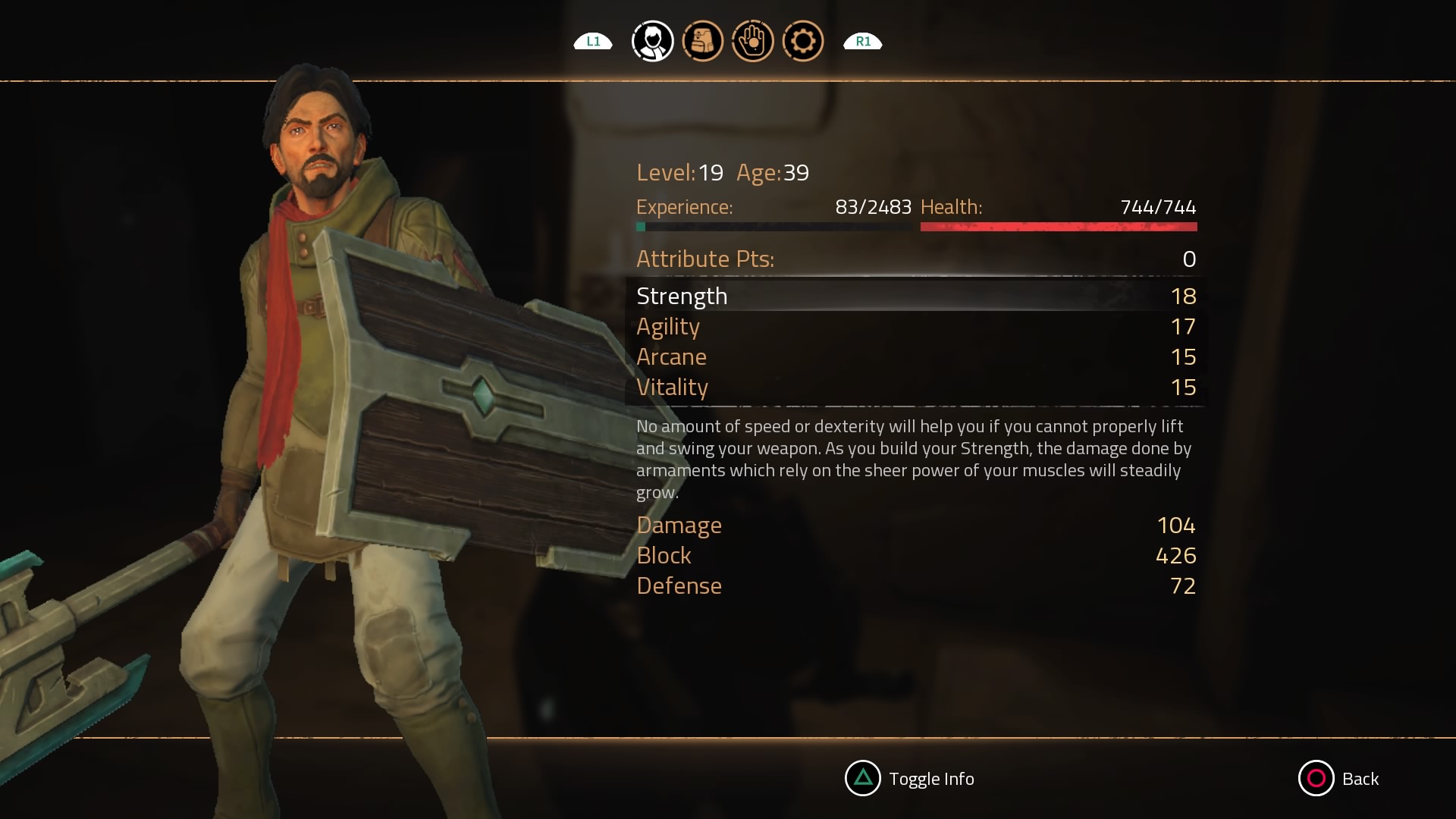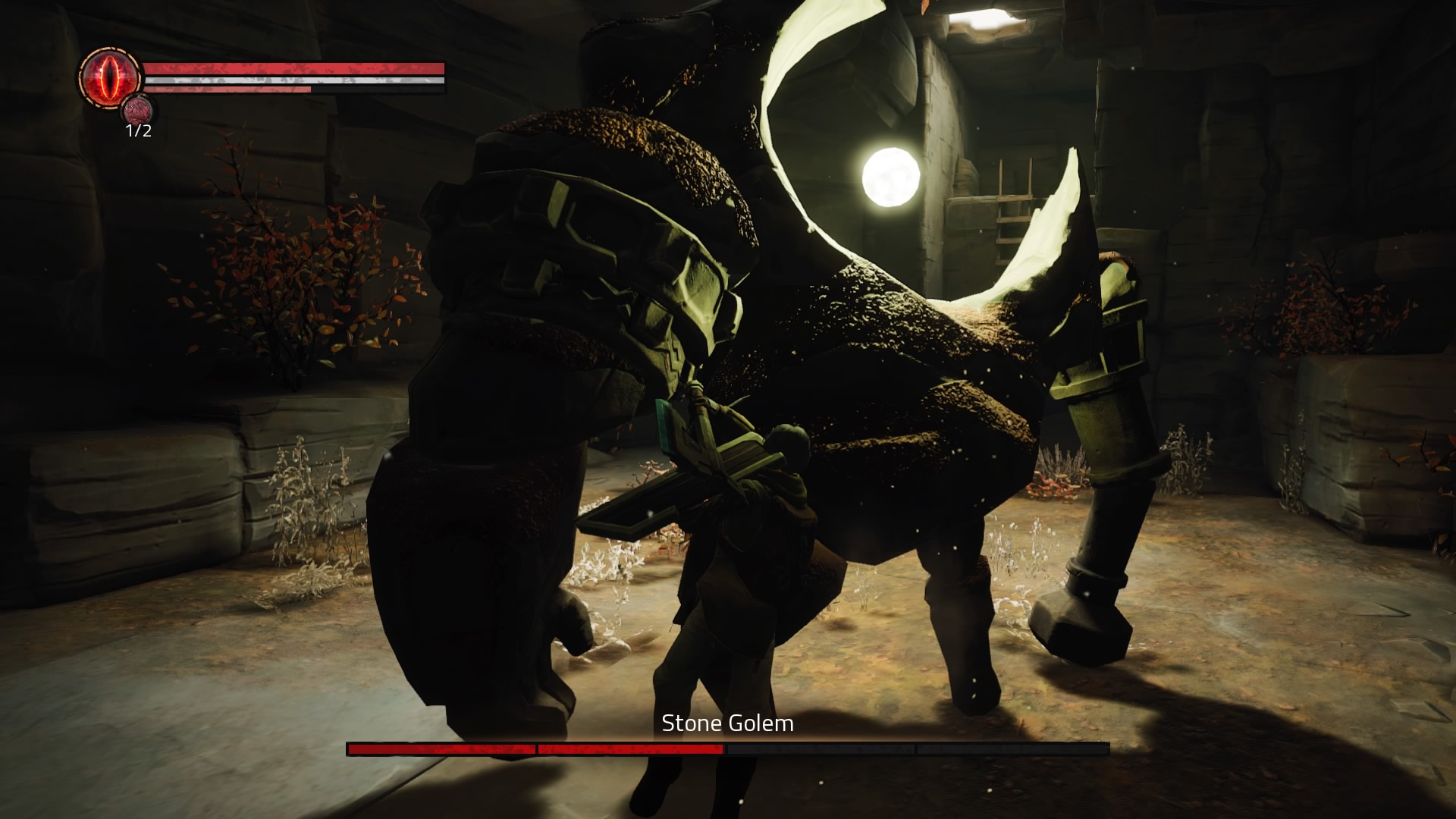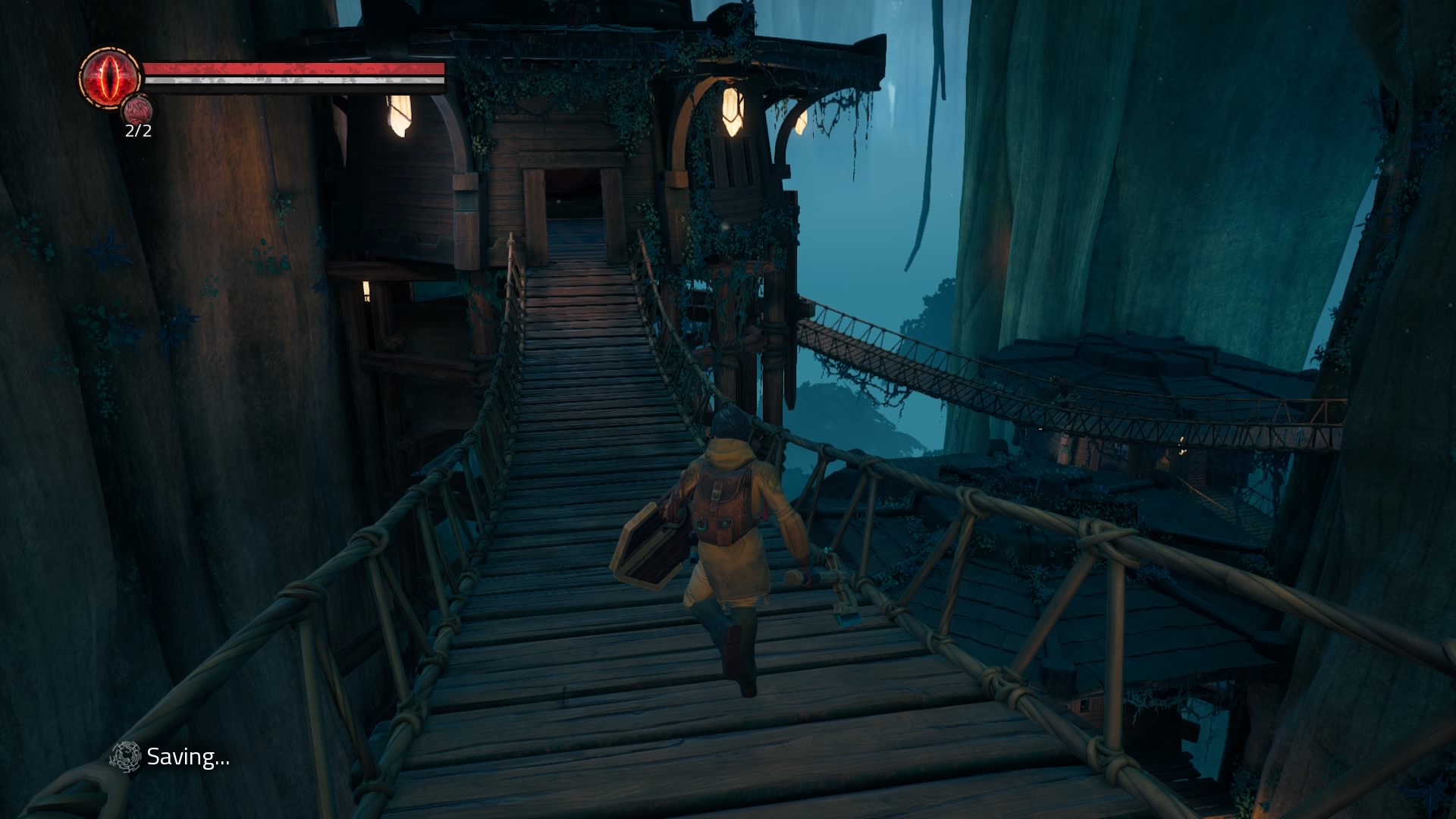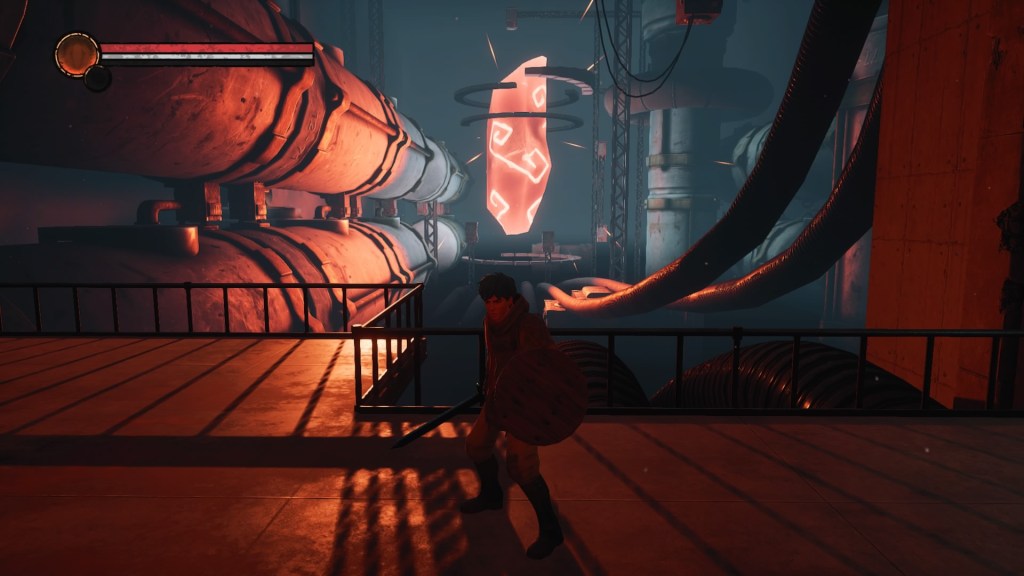Have you ever been plowing through a game and thought to yourself, “Have I played this before?” When I started my review of Chronos: Before the Ashes, I felt this way for roughly my first hour. That is when it hit me: I HAD played this before! Back in 2016, when I was first dabbling in the world of VR, I remembered noodling around with a title named simply Chronos. As it turns out, this is that same game, more or less, now consolized and sans-VR. Can this dated title seamlessly transition from VR to the TV screen or will it be stifled by the competition in the PlayStation ecosystem?
Chronos: Before the Ashes Review – Bring on the Pain
Let me just get this out of the way right off the bat: I’ve never spent any significant amount of time playing a “Souls” inspired game. Sure, I’ve fired up Bloodborne a handful of times and had my dick kicked in mercilessly, but I would hardly describe the experience as “pleasant.” So, when I took on Chronos: Before the Ashes, sight unseen, I wasn’t aware of the mess that I was getting myself into. Thankfully, at least as far as I could determine, it plays a bit like “Baby’s First Souls Game,” which was just what the doctor ordered. Well, as long as the doctor just so happened to be Dr. Jack Kevorkian.

In the canon of Chronos: Before the Ashes, you’re tasked with dispatching a dragon that’s been terrorizing a village for generations. In this case, “generations” is very much the operative word, as it will take the player many cycles of rebirth and death to accomplish this very lofty goal. It turns out that every time the player “dies” they respawn back into their main world in order to heal. This process apparently takes an entire year, at which point, on the anniversary of their previously failed invasion attempt, they are again sent on the same quest.
It’s been said that the definition of insanity is “doing the same thing over and over again, and expecting different results.” While that would normally apply, in this case, the player can level up abilities and all environmental interactions are persistent (open doors remain open, switches flipped remain flipped, etc.) This helps to prevent the monotonous cycle from becoming tedious. Maintaining all items that have been collected in a playthrough from generation-to-generation also helps contribute towards this as well. Every time around the horn helps get you one step closer to accomplishing the larger overarching goal.
Chronos: Before the Ashes Review – Aging Like Fine Wine
Every time that a major age milestone is hit, such as the key 10-year increments, there are also opportunities to get one-time powerups. These more substantial enhancements are completely independent of the traditional leveling system stats and tend to have a more sizeable impact on the character’s progression. Speaking of character growth, each rebirth results in the character model steadily aging. What was once a spry, young 18-year-old becomes a grizzled veteran in no time flat. Interestingly enough, aging also impacts how many skill points it takes to upgrade certain abilities.

Continuing along with the Souls-like theme, the majority of the combat is very parry focused. Dodge-rolling or shield blocking, then counter-attacking is the best strategy to make headway against early enemies. If you have these concepts well in hand, the first third of the game should be a breeze. Part of the reason for this is the enemy lock-on functionality, which almost makes battles too easy. All it takes is a swift roll out of the way of an impending attack, followed by a quick attack targeted at an enemy’s back, and then spamming the quick attack button until the adversary is vanquished.
Eventually, enemies evolve to become more like the actual main character both in terms of agility and attack speed, which somewhat nullifies my early battle strategy. Honestly, this is where the action started to coalesce into something far more challenging and fun. And though it will never really be able to match the work of From Software, it’s at least a helluva lot more entertaining than the early slog through mobs of generic baddies. The one area where the design deviates from the traditional Souls formula is the actual stage design, which lends itself well to actively choosing to avoid combat, as opposed to the usual funneling of players into unavoidable battle scenarios.
The last key element of Chronos’ re-release is its puzzles. Don’t get me wrong. There’s nothing here that’s going to take a Sherlock Holmes level of concentration to figure out. Do you see that drawbridge crank that is missing the handle? I wonder how you’re going to make that functional again? At the very least, the development team saw fit to not just hide a handle somewhere in the stage. Instead, the crafting system can be used to combine a couple of handle-like items into an actual functional crank. Once again, this isn’t necessarily anything to write home about, but it’s at least worth applauding the effort.

Chronos: Before the Ashes Review – A Missing Piece
Essentially, the game’s key selling point back in 2016 was the cyclical aging system and VR integration. Now that the VR aspect of the design has been stripped away, it reveals a mediocre action game with moderate RPG elements. Granted, this isn’t to say that the game is bad. It’s just dwarfed by the competition, most of which are already available on the platform and superior in damn near every way. There will certainly be a dedicated audience that will undoubtedly devour this experience with fervor. However, these are also the same folks that are used to combat controls that are tighter and, quite frankly, more gratifying.
A final nail in the coffin of Before the Ashes is likely also a byproduct of the transition from VR to the full console release. The VR experience played out through a series of stationary cameras located throughout each map, that the player could mildly reposition through turning their heads. These cameras were then switched between on-the-fly, to get the best view of the action. It was an elegant approach to integrate virtual reality in a way that both enveloped the player in the game’s setting, while still allowing for full freedom of exploration.

In this version, however, the player supposedly has full control of the camera. Yet for some reason, there were numerous times when I found myself wrestling with automatic cuts and quick camera pans, resulting in the camera essentially spinning like a top. This was even further exacerbated when engaging in cramped-quarters combat. Lord help your soul if you managed to get worked into a corner during a boss battle. Since most of the underbosses significantly dwarf the player’s character model, the camera would attempt to pan back to show both warriors. The problem was, if you were in a corner, there is nowhere for the camera to go, resulting in a perspective where you couldn’t effectively see anyone.
Despite being the second go-round for Chronos, Before the Ashes does feel like a decent take on the popular From Software Souls formula. It’s stripped-down design, while somewhat rewarding, does tend to leave a bit to be desired in the depth department. And though it may have been a welcome sight in the barren VR landscape of four years ago, trying to simply re-release the same experience without progressing the gameplay any further ends up leaving quite a bit to be desired. Unless you are extremely invested in learning more about the back story of the Remnant universe, you’d probably be better off dodging this skirmish entirely.
Chronos: Before the Ashes review code provided by publisher. Reviewed on a launch PS4. For more information on scoring, please read our Review Policy.
-
The minimalistic art style is very refreshing
-
Combat is straightforward to learn, yet takes time to master
-
Who knew that getting older could be a good thing?
-
Combat lacks the consistent snappiness of other "Souls-like" games
-
Stripping out VR removed the most unique aspect of the design
-
The camera is ten different flavors of bad





